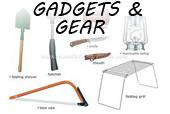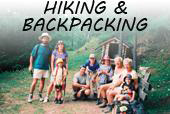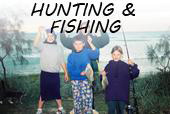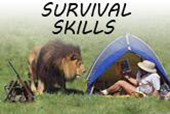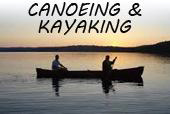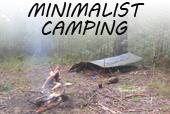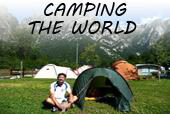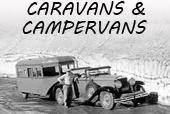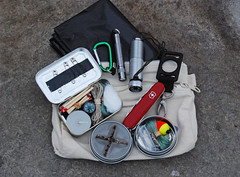
The days of wilderness survival TV have arrived. Never have there been so many programs on survival topics. But can you really learn to survive out there from a television program? That depends.
The Will To Survive
First of all, there are three important components to survival. The most important may be the will to survive. This is partly innate, and partly a matter of belief that you can survive. What helps produce that belief? Good survival stories can.
This is where the value is in a show like “I Shouldn’t Be Alive” (Discovery Channel). It is all true stories of people that have survived some of the most horrible circumstances in every type of wilderness. One episode tells the story of a couple who were stranded for nine days in the middle of winter in the Sierra Nevadas – with a baby. They shouldn’t be alive, but they are.
The point of watching a show like this is that it is inspiring. In another episode a man crashes his plane
in the African desert and breaks his spine, then faces killer elephants, ants, thorns, hyenas and more. If you are ever lost in the wilderness, think back on these shows and you’ll know that people have survived worse situations than yours. This fosters the belief that you too can survive.
The movie “The Edge,” with Anthony Hopkins is another great inspirational survival story. You might find it on late night TV. Otherwise you can rent it. In addition to being a fun survival story, it has some of the most beautiful scenery (filmed in the Canadian Rockies) you’ll see in a movie.
Wilderness Survival Techniques
Of course it help tremendously to not only have the will to survive, but also the knowledge. That is what makes Les Stroud’s “Survivorman” program so useful. It is all about the actual techniques of wilderness survival. (It’s on the Discovery Channel, the Science Channel, and possibly others.) Every episode is about one man against the elements. Les Stroud is the man, throwing himself into various environments to survive for seven days while filming himself.
Survivorman always has a “theme” to make a plausible survival situation. In the arctic episode, for example, Stroud is left with a broken snowmobile. He cannibalizes it for useful items, including the seat cushion, which he uses for a insulating sleeping pad. In the Sonoran desert episode he has a broken dirt bike, and he uses wires from this, along with dry grass, to weave a blanket.
Some other “experts” have pointed out the flaws in the show, but overall it is full of useful information. Beyond the specific techniques, the viewer learns some important principles and a creative mind set when it comes to survival. Survivorman makes it clear that you CAN survive – and it gets you in the habit of thinking about how to use everything around you. This is knowledge and inspiration that could also save your life someday.
Wilderness Survival Skills
What television can’t do is give you the third important component of survival: skills. You can see how a bow and drill fire starter is made, or how to spear fish. Unfortunately, until you practice and develop these skills, you are likely to be in for a rough time in a survival situation. But two out of three isn’t bad, so turn on that television.
Other Survival TV Shows
The classic specials produced by the National Geographic Society are great viewing, and some of them have survival themes. Older shows are best for this, like the thirty-year-old episode where four guys built a raft and floated down the Yukon River. These are TV occasionally. They are also on DVD now in public libraries, as well as in some video rental stores.
“Reality shows,” like “Survivor”, are mostly drama and political survival than wilderness experience. On the other hand, some, like “Lost” do have there inspirational element. Television movies like the “White Wolf,” series may not have much practical wilderness survival information, but at least they always put those teenage hikers in beautiful settings that make us want to get the backpack out and start making plans. Also, any show of the sort becomes somewhat instructional if you watch it thinking “What would I do to survive in this situation?”





